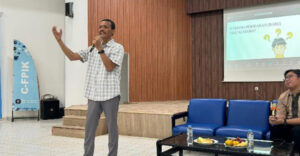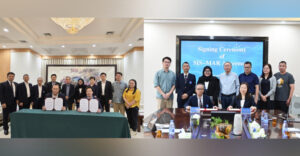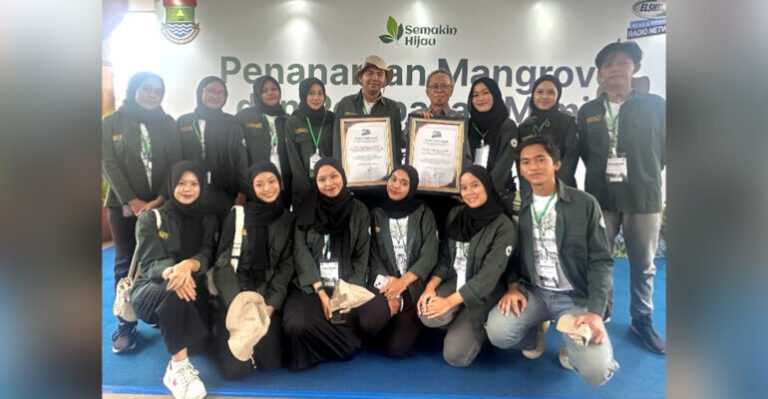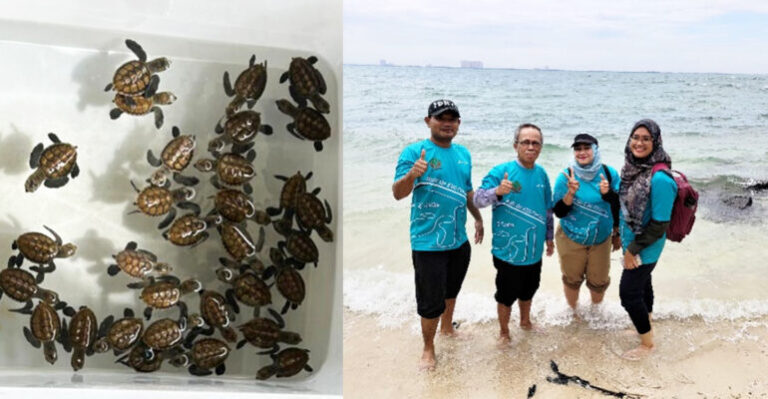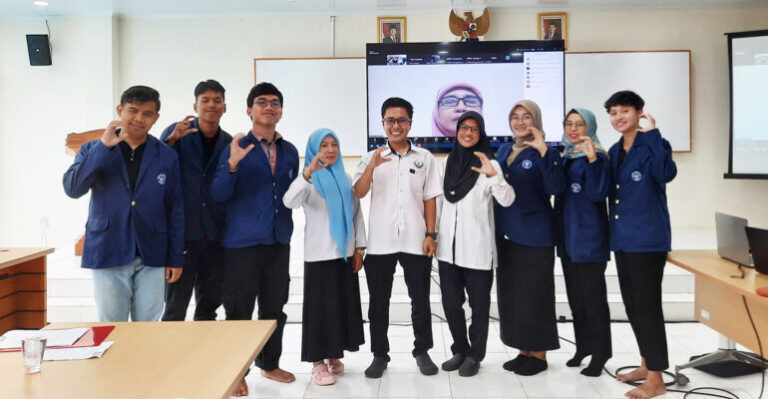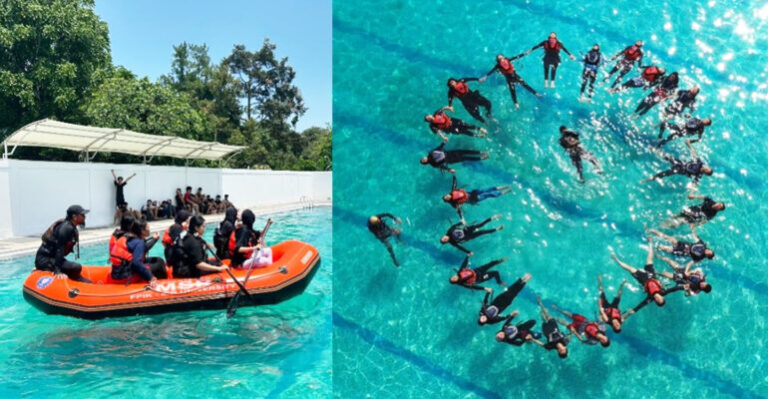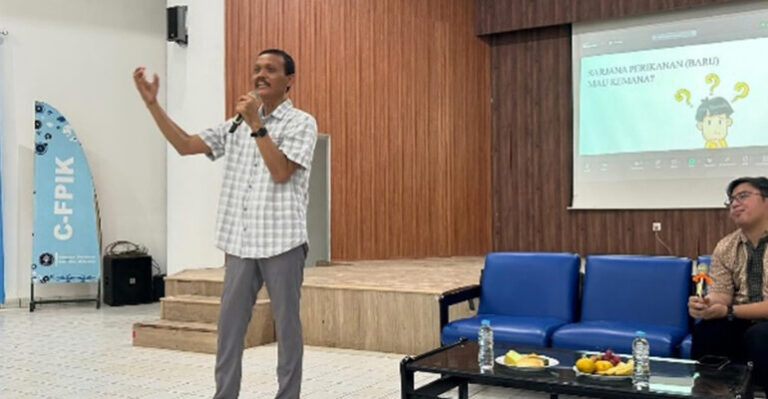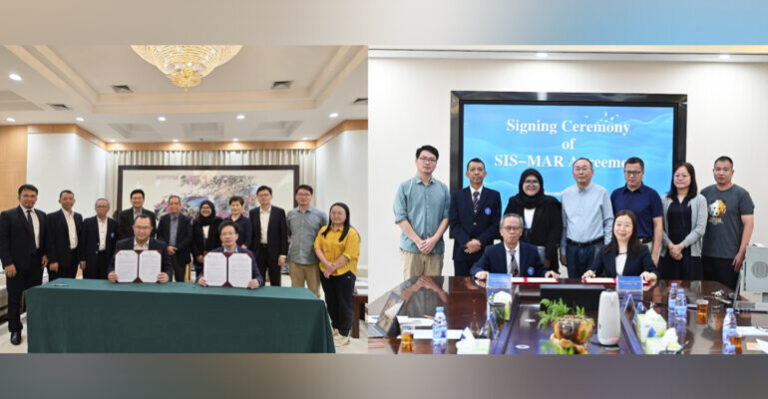Prof. Hefni Effendi Explains the Concept of Hydropower Impacts on the Aquatic Environment
 In a discussion held by the Center for Standardization of Environmental Quality Instruments (PSIKLH), Prof. Hefni Effendi, Head of the Department of Water Resources Management (MSP), Faculty of Fisheries and Marine Sciences (FPIK) IPB University gave a presentation regarding the concept of the impact of Hydroelectric Power Plants (PLTA) on aquatic environment. At that moment, he proposed the importance of studying aquatic biodiversity.
In a discussion held by the Center for Standardization of Environmental Quality Instruments (PSIKLH), Prof. Hefni Effendi, Head of the Department of Water Resources Management (MSP), Faculty of Fisheries and Marine Sciences (FPIK) IPB University gave a presentation regarding the concept of the impact of Hydroelectric Power Plants (PLTA) on aquatic environment. At that moment, he proposed the importance of studying aquatic biodiversity.
“The importance of this study is bearing in mind that the construction of a dam will change a flowing river ecosystem (lotic) into a relatively inundated ecosystem (lentic). Thus, there will be a modification of the community structure of aquatic biota. Aquatic biota whose habitat preferences are stagnant waters (lacustrine) can certainly thrive,” said Prof. Hefni during his presentation in Serpong, Banten, some time ago.
He continued, the presence of migratory fish, both anadromous (sea fish migrating to freshwater habitats to spawn) and catadromous (freshwater fish migrating to sea to spawn) needs to be studied properly.
“For our country, there are eels that spawn in the deep sea, such as in the Indian Ocean, Banda Sea and others. The spawning eel larvae, called glass eels, will migrate upstream to live their adult life there.
“You can imagine if the river which is the migration route for eels is dammed for the sake of hydropower, then surely the eel’s reproductive cycle will be gradually disrupted. It is possible that they will become extinct,” he added.
According to Prof Hefni, one of the management efforts introduced to overcome the obstruction of eel migration is by constructing a fishway between dams.
The fishway application in the form of a fish ladder has long been applied in a number of dams in climate 4 countries such as Western Europe and North America. In this area, there are populations of salmon that migrate upriver to spawn (spawn) and mature in the sea, the opposite of the reproductive cycle of eels.
“Therefore, the eel fishery remains sustainable and sustainable. This is because the people there will not disturb the migrating eels, even though they are easy to catch, especially when the eels pass through shallow rivers,” he said.
Prof. Hefni emphasized that, as a department that is adaptive to aquatic ecosystem problems and in order to increase global reputation, the MSP IPB University Department has collaborated with Charles Sturt University, Australia in conducting fishway studies in a number of Indonesian regions.
In this discussion, not only the impacts on the aquatic environment were elaborated, but also the influences on the environment surrounding the construction and operation of dam-based hydropower plants. The surrounding environment includes the terrestrial and aquatic environment in a wide spectrum scope such as physical, chemical, biological, socio-economic-cultural as well as public health and environmental aspects.
Mursalin, MSi, who is a research staff at the SUA Proling Laboratory, Department of MSP IPB University, participated in discussing the concept of the impact of port development and operations on the environment.
Making the concept of the impact of hydropower plants is part of the efforts of the Ministry of Environment and Forestry (KLHK) to develop specific standards for environmental impacts of several project activities that are often carried out in Indonesia. (HEF/Rz).
Source: IPB News





